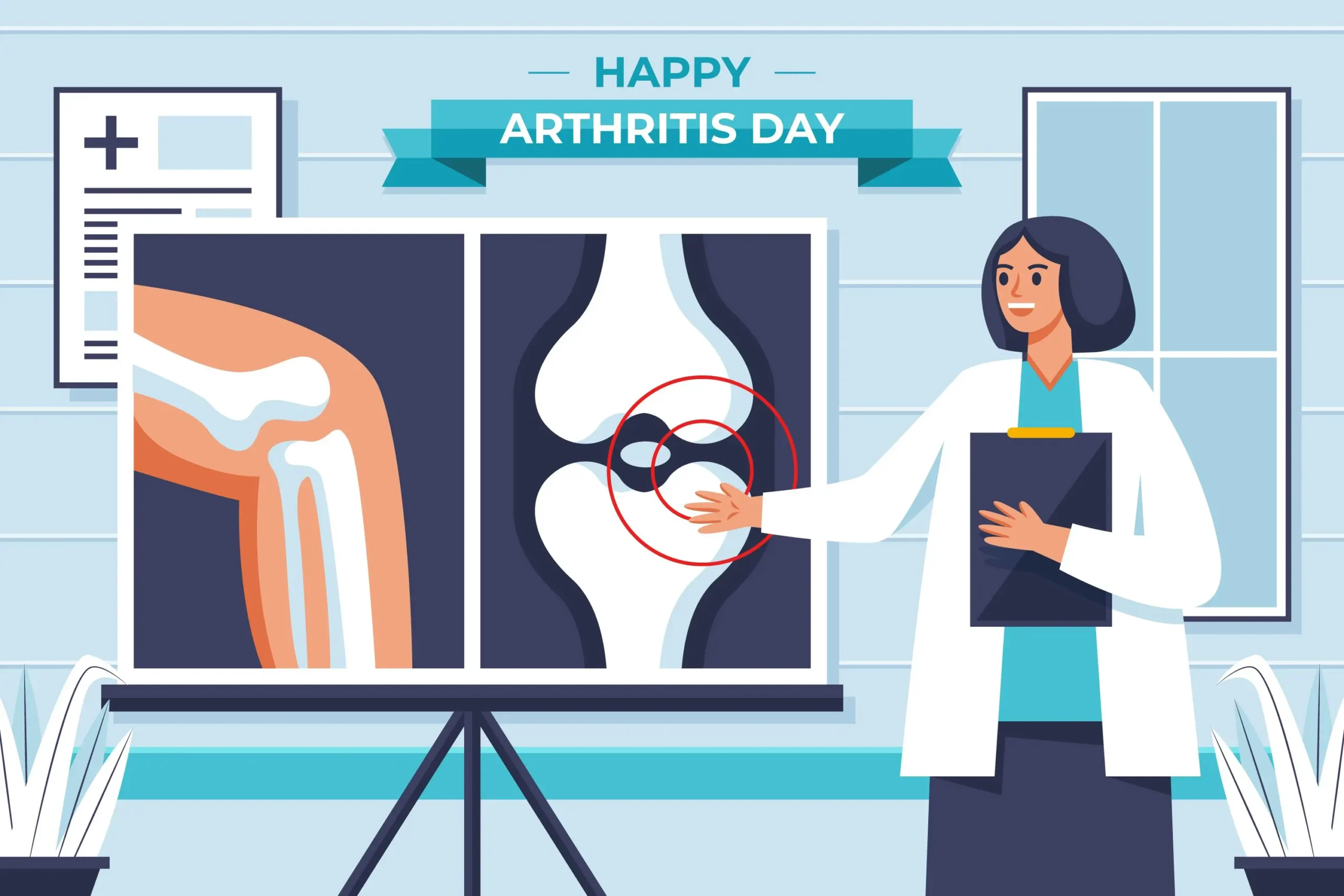We’re selling organic products
Discover the Power of Nature with Our Organic Products
+91 83064 08402

Enhance Your Mobility: Joint and Bone Health
Maintaining healthy joints and bones is essential for mobility, strength, and overall well-being. This page provides information on common conditions affecting joints and bones, preventive measures, and treatment options to promote musculoskeletal health.
Common Conditions
Osteoarthritis
- Description: Degenerative joint disease characterized by cartilage breakdown and joint inflammation.
- Symptoms: Joint pain, stiffness, swelling, and reduced range of motion.
- Management: Exercise, weight management, pain relief medications, and in severe cases, joint replacement surgery.
Osteoporosis
- Description: Bone disease characterized by low bone density and increased risk of fractures.
- Symptoms: Bone fractures, loss of height over time, and back pain.
- Prevention: Adequate calcium and vitamin D intake, regular weight-bearing exercises, and medications to strengthen bones.
Rheumatoid Arthritis
- Description: Autoimmune disorder causing joint inflammation, pain, and joint damage.
- Symptoms: Joint stiffness, swelling, fatigue, and systemic complications.
- Treatment: Disease-modifying anti-rheumatic drugs (DMARDs), biologic agents, physical therapy, and lifestyle modifications.
Prevention and Maintenance
- Healthy Diet: Rich in calcium, vitamin D, and other nutrients essential for bone health.
- Regular Exercise: Including weight-bearing exercises, strength training, and flexibility exercises to support joint function.
- Maintain a Healthy Weight: Excess weight can strain joints and increase the risk of osteoarthritis.
- Avoid Injury: Use proper ergonomics, wear protective gear during physical activities, and avoid repetitive strain.
Lifestyle Tips
- Posture: Maintain good posture to reduce stress on joints and spine.
- Hydration: Drink plenty of water to keep joints lubricated and cartilage healthy.
- Quit Smoking: Smoking can weaken bones and increase the risk of osteoporosis.
When to Seek Medical Advice
If you experience persistent joint pain, swelling, or difficulty moving, consult a healthcare provider. Early diagnosis and treatment can help manage symptoms and prevent progression of joint and bone conditions.

Why Choose SGP Group?
Experience exceptional service and unparalleled support with SGP Group.
-
Refreshing to get such a personal touch in service
-
Committed to excellence in every interaction
-
Innovative solutions tailored to your needs
Frequently Asked Question!
Exercises beneficial for joint and bone health include:
- Weight-Bearing Exercises: Walking, jogging, dancing, and hiking help strengthen bones and improve joint function.
- Strength Training: Using weights or resistance bands to build muscle strength, which supports joint stability.
- Flexibility Exercises: Stretching routines such as yoga or Pilates improve joint flexibility and range of motion.
A balanced diet can promote joint and bone health by:
- Providing Calcium and Vitamin D: Essential for bone strength and density.
- Including Omega-3 Fatty Acids: Found in fish and nuts, they help reduce inflammation in joints.
- Eating Antioxidant-Rich Foods: Fruits, vegetables, and green tea may help protect joint tissues from damage.
To reduce the risk of osteoporosis:
- Consume Adequate Calcium and Vitamin D: Through diet or supplements, as recommended by healthcare providers.
- Engage in Weight-Bearing Exercises: Such as walking or jogging to strengthen bones.
- Avoid Smoking and Limit Alcohol: Both can weaken bones and increase the risk of fractures.







